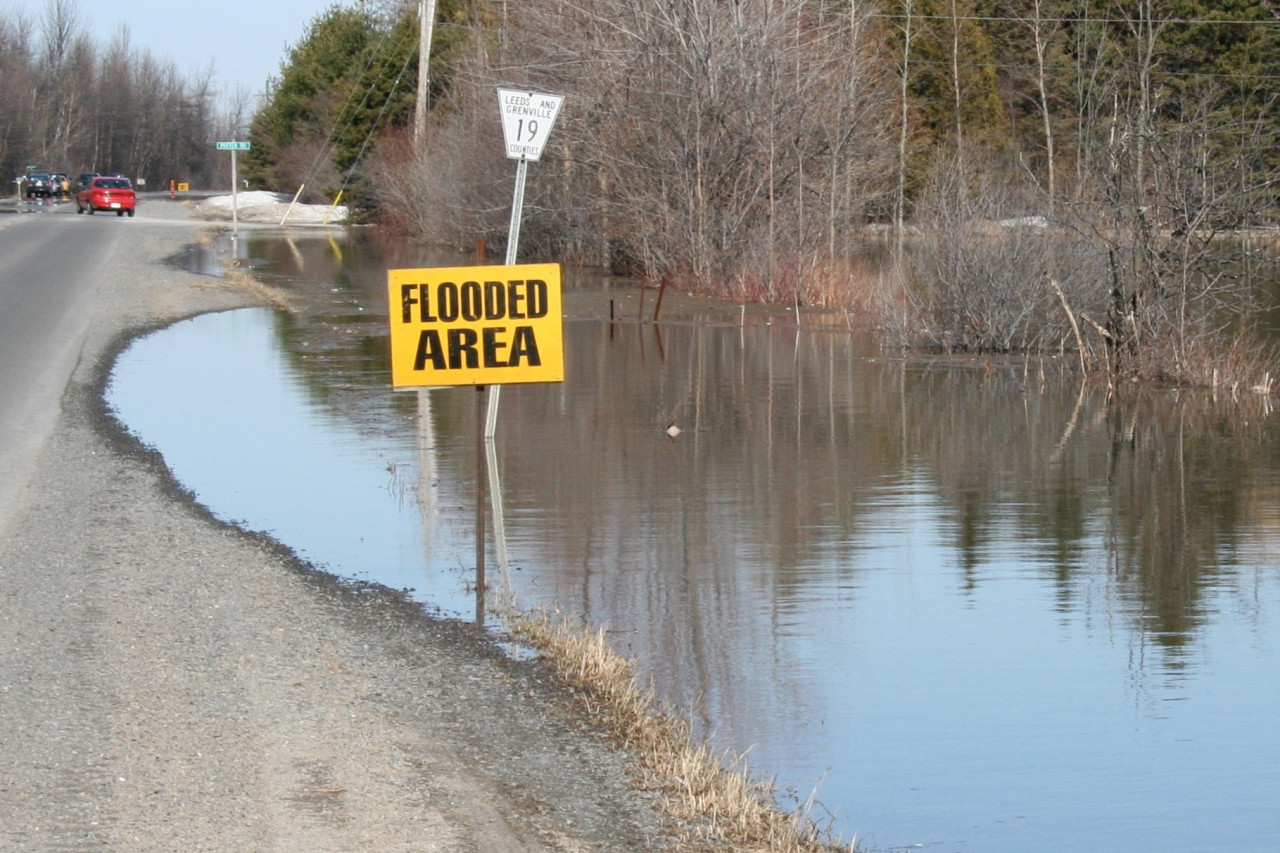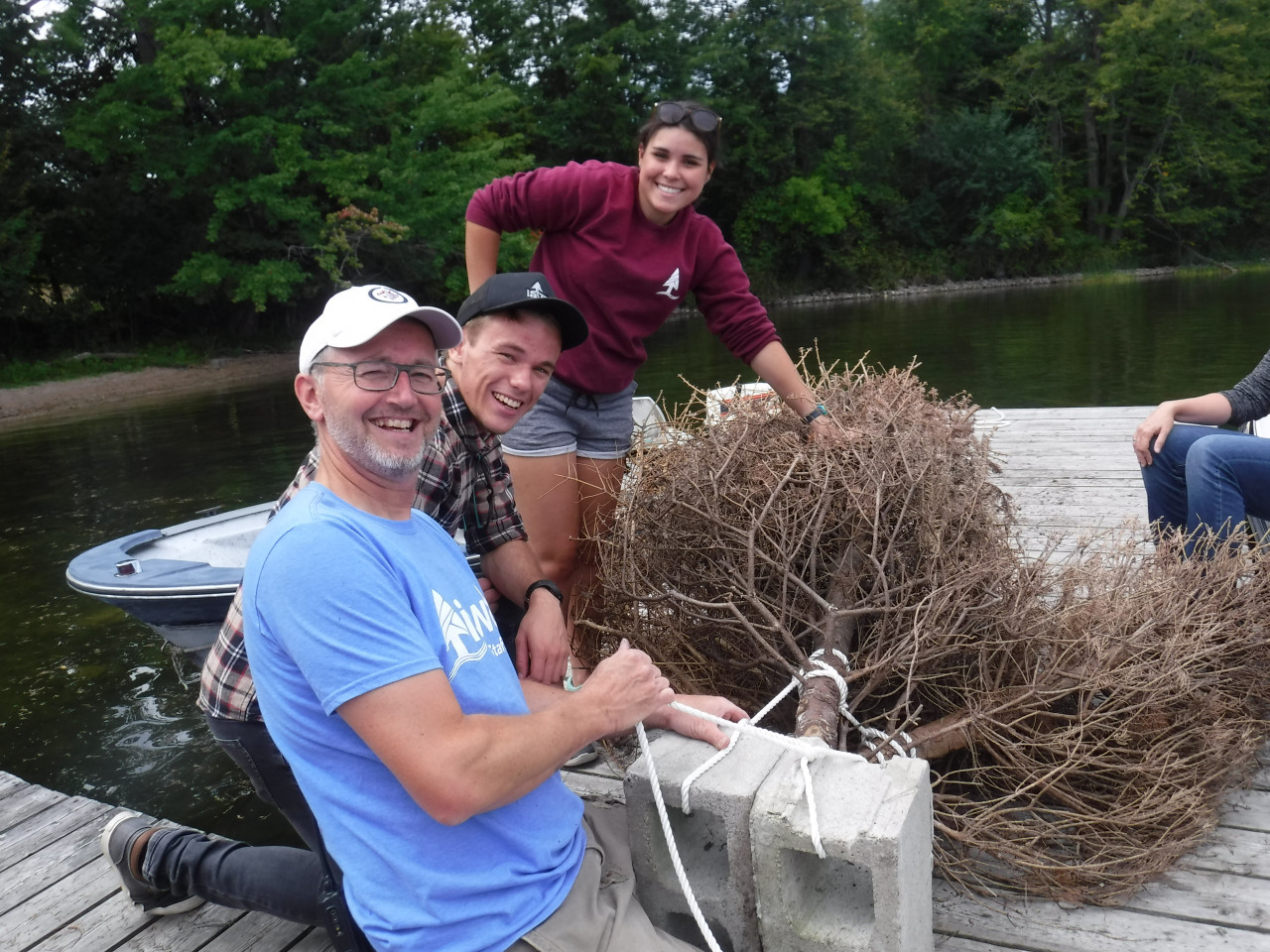Canada is envied across the world for its epic natural playgrounds boasting pristine lakes, endless forests and fresh air. Our watershed is no exception! But as our lakes welcome more and more cottagers, the pressure is building.
So, you're building a new dock. But which kind is best? What's going to require the least amount of maintenance, protect the shoreline, get quick approval and still allow you to live that decadent #docklife you deserve this summer?
Answer: the floating dock.
We get it: summer is brief, and aquatic plants can be annoying when you're trying to make the most of dock life. It can be tempting to rip them out, install an expensive water circulator or even use an herbicide to get rid of them.
But there are better ways to keep aquatic plants from getting out of hand while supporting both a thriving ecosystem and your perfect getaway.
Is your personal paradise protecting the lake you love? Or are you accidentally disrupting the natural systems nearby? If you're unsure, don't despair: we've got a quiz to help you find out.
Mythbusting your local flood management agency
With historic flooding in 2017 and again in 2019, questions abound about what is being done - or not done - to avoid future floods.
And it has sparked a conversation about the role of conservation authorities.
The Wolfe Lake Association is making it easier for anglers to get the lead out of their tackleboxes – and out of the ecosystem.
For the next year, anglers who hand in their toxic lead sinkers, jigs and other lead tackle at participating retailers will receive a $10 voucher to spend on alternative lead-free gear. They can also exchange their old lead gear for lead-free tackle at various community events planned throughout 2022.
So, you're buying in the country for the first time: congratulations! Moving out of the city can be one of the most rewarding decisions you'll ever make – especially now that many of us can work from home.
But rural and waterfront properties come with unique challenges, and without the right help you could end up with a lemon.
Here are our top five tips to consider before you sign on the dotted line.
Simon Lunn knew he needed to drill a new well and decommission his old one. What he didn't figure was that the conservation authority would hand him $1,000 towards his costs.
Mr. Lunn, a long-time Smiths Falls resident near the Smiths Falls Golf and Country Club, received the funds through the Rural Clean Water Grants program, which covers up to 90 per cent of costs for projects that protect water resources in the watershed.
Christmas has come early for the fish of Wolfe Lake.
RVCA staff and volunteers could be spotted sinking bundles of old Christmas trees into the Westport-area lake on Sept. 5.
But this wasn't just an extreme head-start on underwater holiday décor; the donated brush bundles will also provide valuable habitat for several fish species in the lake, according to RVCA aquatic biologist Jennifer Lamoureux.
The RVCA and its partners are angling to help walleye stocks recover in Wolfe Lake.
With a generous grant from the TD Friends of the Environment Fund, RVCA staff teamed up with volunteers from the Wolfe Lake Association and the Westport Area Outdoors Association to create two new spawning beds on Scanlan Creek at the end of August.
Custom-built smartphone apps are changing the way staff at Rideau Valley Conservation Authority get their work done – and saving time, money and headaches in the process.
This spring, the RVCA launched its latest app, this one for classifying shorelines – something no other conservation group is doing digitally.
Gone are the bulky clipboards and windswept papers of previous surveys. And vanquished are the days of tedious data entry after a long season on the water.
These days, with the tap of an app staff can quickly analyze a shoreline, take a photo and input all the relevant data into a digital database, all from the palm of their hand – and from the middle of a river.
Meet Roy and Carole Robinson: they raise sustainable, grass-fed Scottish highlander beef and grow seasonal vegetables on their farm near Smiths Falls, near the banks of the Rideau River.
The Robinsons founded Seanic Farms in 2003. As they've transitioned the old, dormant farmland into to a more environmentally-friendly operation, they've made great use of the RVCA's landowner stewardship programs, including our Rural Clean Water Grant program.
Conservation authorities, at their core, are tasked with protecting people and property from flooding and other hazards along a waterway. Our planning and regulation staff review development applications that impact wetlands, rivers and other waterways, or that involve flood plains and unstable slopes. We continually update and create new hazard maps to make sure development is out of the way of rising waters, and we work hard to keep residents informed about flood risks.
But we also rely on our community partners to help us reach out to residents.
Waterfront living can be so relaxing: always mowing the lawn, raking weeds out of your swimming area and stepping in goose poop...Wait, what?! That's not what owning a waterfront property is all about. But for too many people, that's the reality.
Cottages can become second homes, with all the annoying lawn work and maintenance that comes with them. But it doesn't have to be this way. With a few tweaks, you can get on the path to "the good side" and a more natural waterfront property. So: which side are you on? Scroll over the purple flags to learn how to turn your waterfront property a natural oasis.














